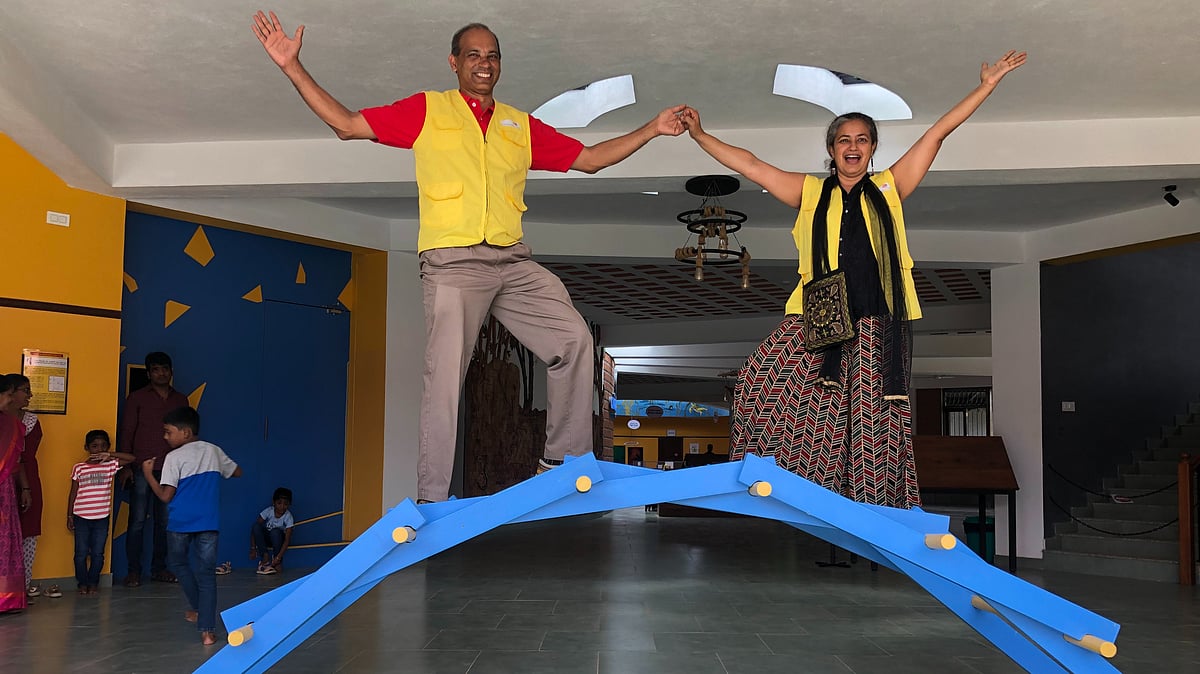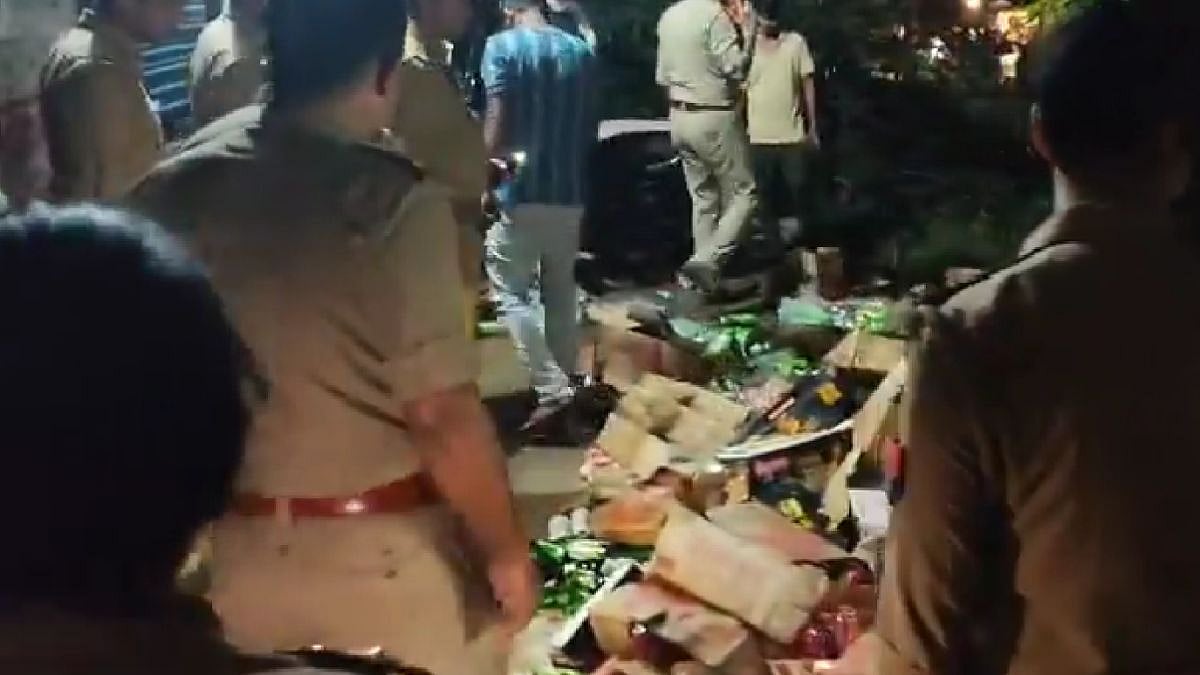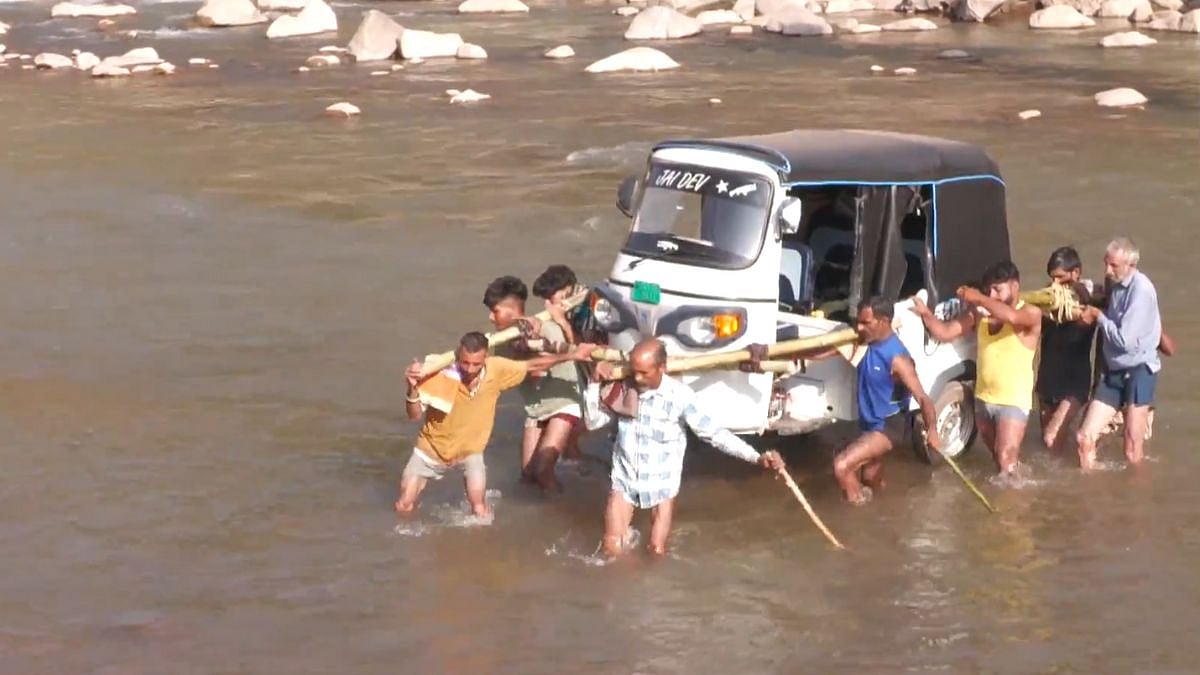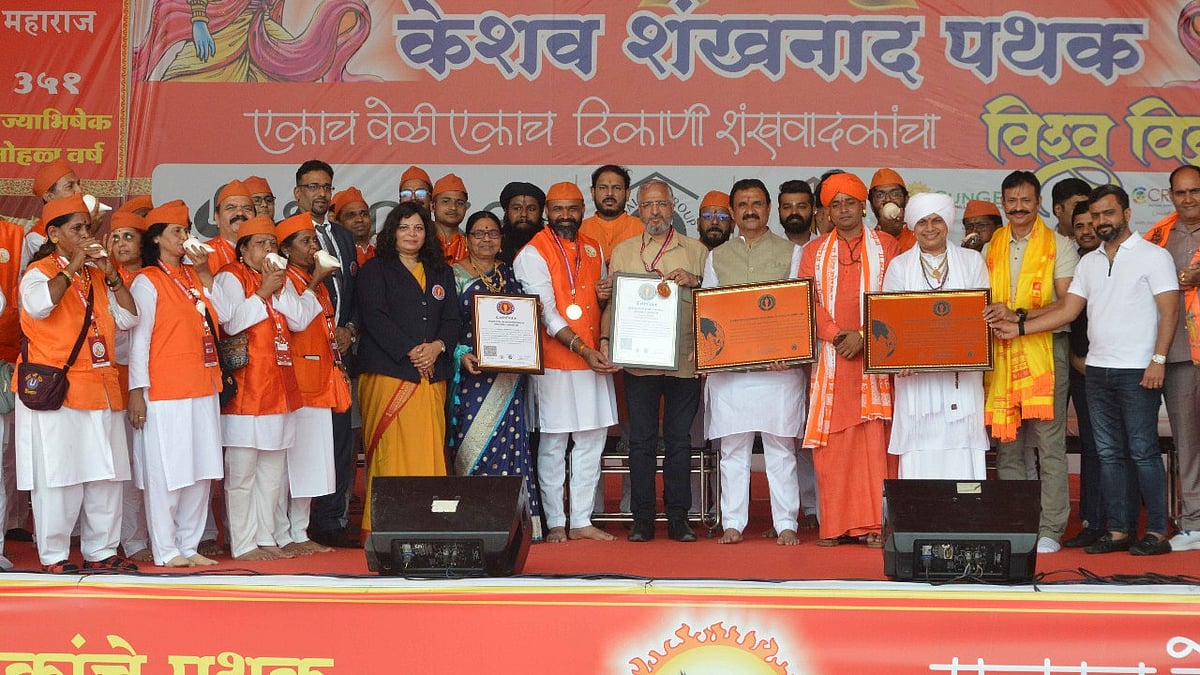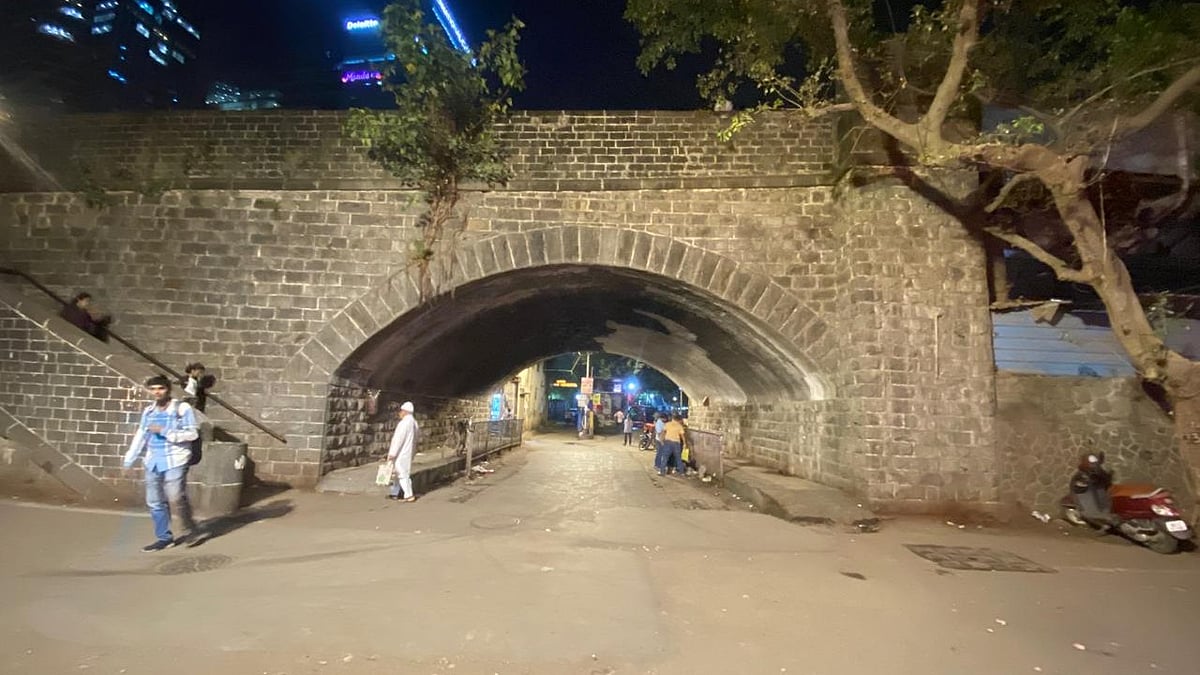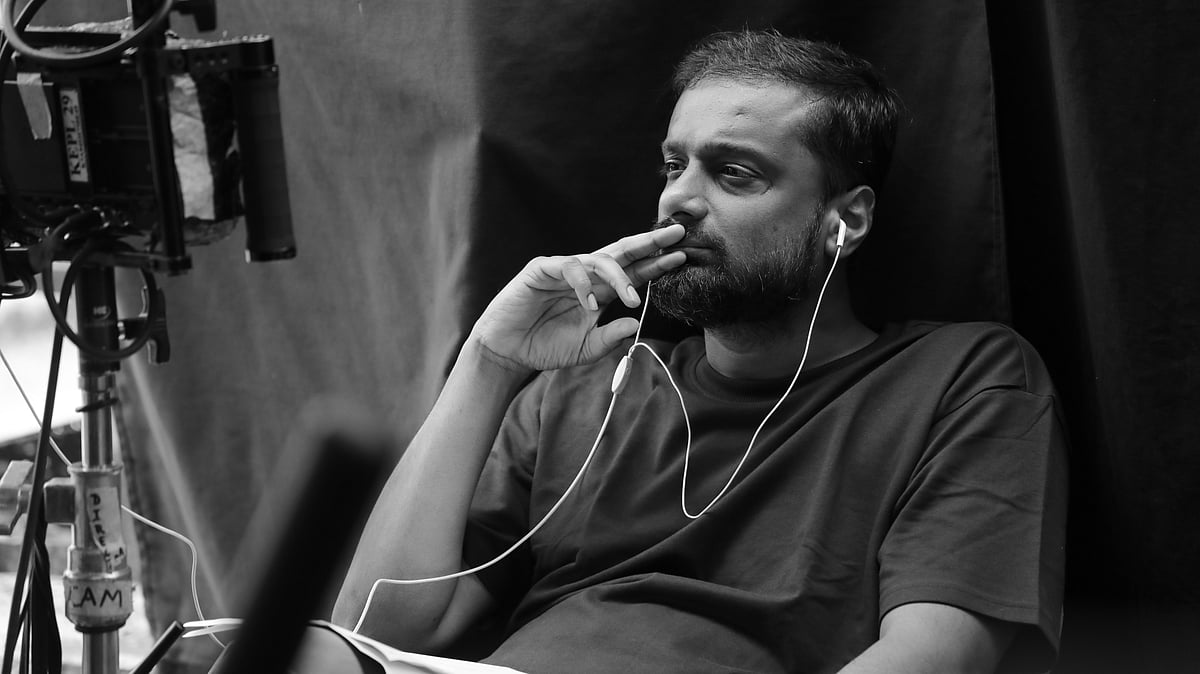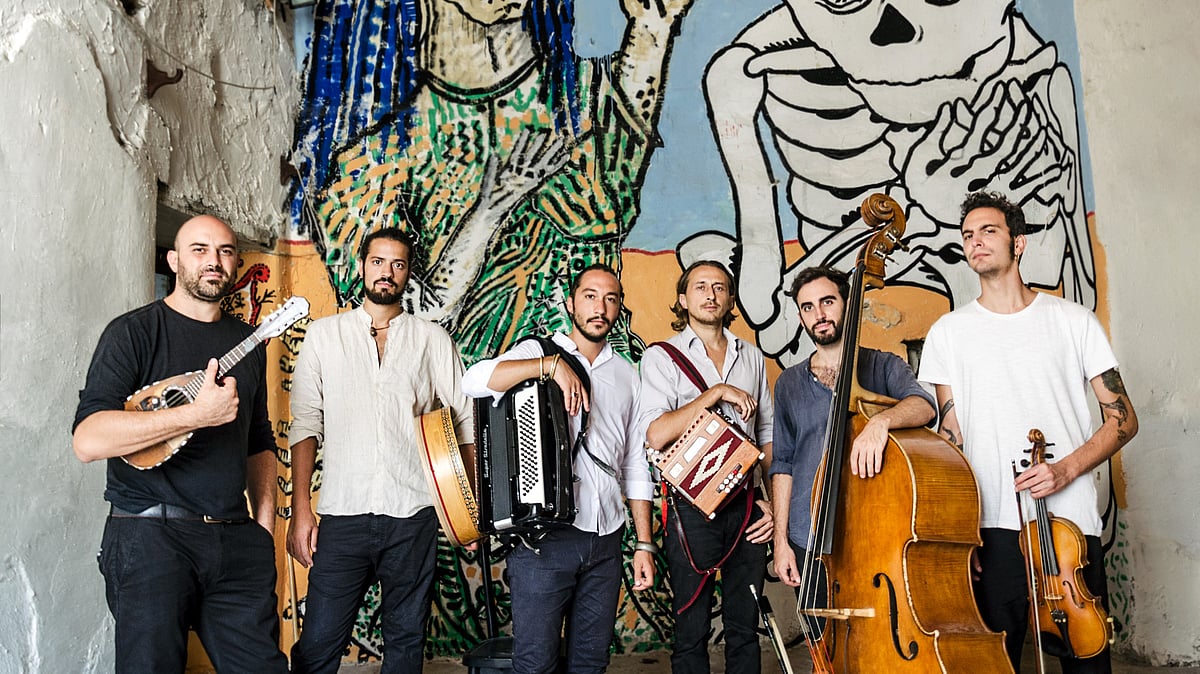The way we live our lives and our existence has science to thank for. It is essential to bring the interest and passion for science early in our lives so that we can make it big in the scientific field. To do this, Anil and Shonali Chinniah started Curiouscity, a science centre in Bengaluru that brings science to life for kids and makes an inquiry-based approach their key to learning.
At Curiouscity, kids can explore scientific concepts and inquire. It tries to fill the gap between theoretical and practical learning and has professionals give them diverse teachings. The bigger concept is to make science as open to everyone, regardless of gender and financial restrictions. It offers focused programmes on specific topics on weekdays. The space is open to government schools and less privileged kids via sponsored programs at a nominal price. Shonali Chinniah speaks about all things Curiouscity.
Excerpts from the Interview:
A little about your background for our readers.
I have a PhD in Ecology from Cornell University, and Anil has an MBA from Drexel University and an MS from the University of Massachusetts. We spent 16 years in the US before moving back to India in 2003. I was fortunate to be raised by a strong, socially committed woman, my mother, Nomita Chandy, a Padma Shri awardee and founder of Ashraya and the Neelbagh School. Watching her transform lives through education, along with my work with several NGOs, left a lasting imprint. Anil's father, who grew up in a small village school in Coorg and won a Veterinary Scholarship, went on to get his Ph.D. and head the NDRI in Bangalore, is an amazing example of the difference a good education can make. Curiouscity is an extension of the legacy we inherited from exceptional role models.
How did the concept of Curiouscity come up? And why Bengaluru?
Back home in India in 2003, with our two then-young daughters, Anya and Isha, Anil and I were often searching for interesting learning spaces that we had taken for granted abroad: interactive, open-ended, and hands-on. At home, we began setting up little challenges for our children. We realised that children don’t need to be taught curiosity, it’s already there.
I began teaching 11th-grade biology at my daughters' school. The children were bright, but their questions were transactional. It led to a deep personal conviction that learning must be joyful. So, I started experimenting. I asked students to write their exams. I took them on field trips to IISc to see science in action. Slowly, the questions started to return.
Around the same time, I was also working with NGOs like Ashraya. Her school for first-generation rural learners had a 100% first-class record in 10th boards, year after year. Those children had a hunger for learning! That’s how the idea of Curiouscity began to take shape, a place where science was something you played with, questioned, failed at, and tried again.
Over time, we conducted these fun science workshops for children aged 8–12, collaborating with wonderful individuals like Sukanya Sinha, Utpal Chattopadhyay, Jandeep Banga, and Umesh Malhothra. We designed field trips in astronomy, animal studies and created hands-on programmes, which brought interactive science to hundreds of schoolchildren.
But building a permanent space was ambitious! We tried raising funds, but most investors wanted predictable financial returns. So, Anil and I decided to do it ourselves. In 2019, we pooled our savings and started building the campus from scratch on our three-acre land on the outskirts of Bengaluru.

Please continue.
We had a vision for a space that felt alive, open, green, and warm, and we sketched it out ourselves. Khalid Rehman from the Centre for Vernacular Architecture helped us turn those sketches into reality. Nilanjan Choudhury, an IIT graduate, SAP professional and playwright, became our science anchor and a creative force. Shilpa M, from a nearby village, joined as our accountant and quickly became the heart of operations. Nima Lama, a long-time educator with us, took charge as the COO.
We were fortunate to have support from friends and family. My schoolmate Prahlad Nanjappa helped with branding and signage. My architect friends Aparna Narasimhan, Natasha Ipe, and Prithvi Rao contributed their expertise. Landscape architect Sachin from Studio Confluence helped in our landscaping, water conservation and developing a native garden. Loyid Lawrence enhanced the garden with nearly 100 species of host plants for butterflies. Even small, everyday things mattered.
What can one experience at Curiouscity?
We've built this space for families. When parents come with children, there's a wide age range, a three-year-old with an eleven-year-old sibling, or a grandparent tagging along with a curious teenager. Our Science Play Zone is for our youngest visitors, typically between three and seven years old. It is filled with pulleys, sand tables, bubble stations, ball walls, magnetic tiles, and even a few friendly animals to interact with. It is just a safe, joyful space to explore freely. Our Zone of Illusions is as much for grown-ups as it is for kids. Here we have mirror mazes, optical illusions, perspective tricks, and a dark room filled with playful lighting.
At the heart of Curiouscity lies the Science Hub, built around a central courtyard we call Sangam Circle. This is where our hand-crafted exhibits come alive. The exhibits span key science themes: electricity, magnetism, mechanics, light, sound, senses, food, mathematics, and water. The challenge was to make each one truly interactive and for kids to engage with the concepts.
We’ve also built two escape rooms here with stimulating puzzles. These are especially loved by children aged eight to 14, who work in teams to unlock clues while brushing up their science thinking in the process. Beyond that, we have a fully equipped 125-seater auditorium, where we host science shows, school orientations, plays, and occasional film screenings. Schools also rent it out for events. Given our three-acre campus, we’ve developed nature trails, ecology walks, and conservation sessions around water, energy, and trees. We now host one of the largest recorded diversities of butterflies in all of Bengaluru.
As for visiting, we’re open to the public on Saturdays and Sundays, with two sessions — 10 AM to 1 PM and 2 PM to 5 PM. Tickets are priced at ₹450 per person online and ₹500 for walk-ins. Our school programs run from Tuesdays to Thursdays, strictly by appointment. We customise and develop the programs and pricing based on the school and its students' needs.

How has it been so far with Curiouscity?
It’s amazing that one has to deal with (outside of creating science and exhibitions) when one runs an establishment. We have had almost one lakh visitors since opening in July 2022. We have always wanted to be eco-friendly with solar power generation, rainwater harvesting, water recycling and waste management. These initiatives were challenging and resulted in interesting learnings.
Security has also been an issue. But the worst phase was in early 2023. A large construction project behind us led to a landslide. We lost our well, borewell and many trees to landslides, which have taken months to repair and rebuild. To be fair, the builders did help fix some. But it took a toll.
Despite all this, there have been many moments that made us stop and smile. We opened in July 2022, with great fear – would anyone come to Curiouscity in the middle of nowhere? The first three weekends had at best 30 visitors. A slow build-up would be good, we thought. Suddenly, on the fourth weekend, we landed 530 odd visitors on Saturday and 720 on Sunday. Everything fell apart that day. A viral social media post, and this was the result. We quickly changed things around, introduced the two-session concept, had strict visitors’ limits, and got a vendor to manage our café. Despite the chaos, the whole team felt blessed by the response of the city.
Will this interest make a long-term impact on children going into science?
Just as we opened Curiouscity, I got an email from Sneha, one of my early workshop participants. Her parents were both doctors. In her message, she said: "Even though my parents were both doctors, it was through your workshops that I developed my love for science. I will soon be starting a doctorate program at CERN to study dark matter, and I wanted to let you know about this." It moved me. If we changed even one child's view on science, I felt we had succeeded.
Since then, we've seen many such moments. We've done parent-child workshops too. Honestly, kids are often more creative than adults. They'll build a sturdy chair from a newspaper with such confidence. Children who've spent time at Curiouscity have used ideas developed here to build exhibits for science fairs in their schools. We've had visitors from abroad who've said our space feels more interactive than museums back home. Kids look at it and think, I can make that too.
Many schools (including affluent international schools) have come back to do workshops for three years in a row. Teachers also tell us how impactful these have been in their classrooms. We have now done programs with 70 schools in and around Bengaluru. Where once we had to beg schools to let us work with them, schools and NGOs are now approaching us to work with them. We take pride in working with special needs students and creating workshops for their needs. We also focus on the girl child and encourage them with stories about women scientists around the world.

What plans are for Curiouscity and even otherwise related to creating an interest in science?
Currently, we're focusing on growing what we've already built, more hands-on science programs and new offerings, especially around nature and conservation, like creating a Miyawaki forest. This year, we hope to start school programs for younger children related to nature and conservation.
We're keen to collaborate. We'd love to partner with groups working in astronomy or tinkering, and start regular Saturday evening sessions, open to the public, for science talks, performances and even discussions around civic issues.
We’ve also designed a full day of science activities for parents and kids. We just need some companies to use our space for family events. Last, we are trying to work with government schools for free access to our facilities. Hopefully, we can reach out with teacher training programs and any support they need with their science programs.
